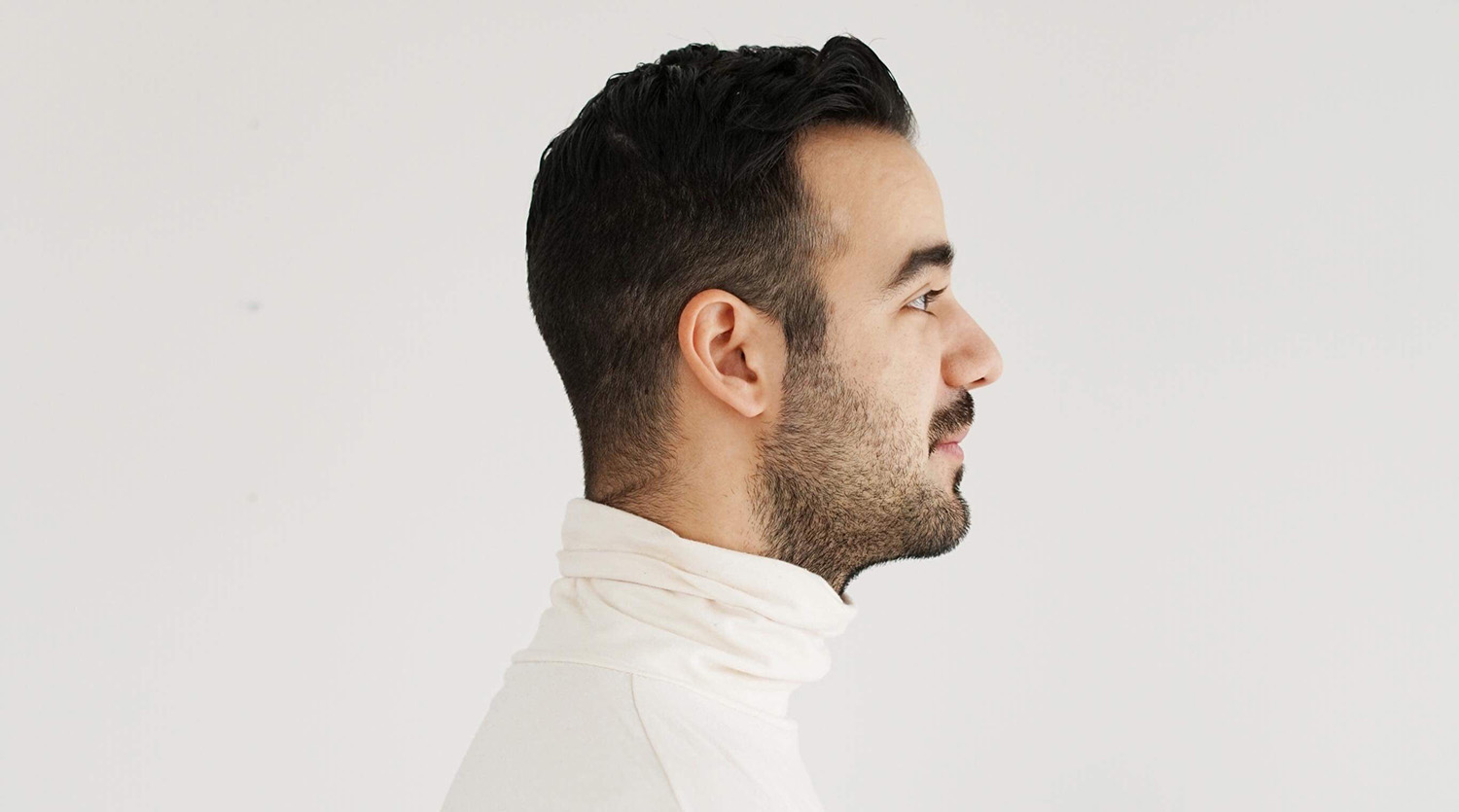
Hair loss is a terrible condition that can often have negative impact on a person’s self-esteem and confidence. It can occur in numerous ways, can be temporary or permanent, and can have a sudden or gradual onset. Whether hair loss is caused by genetics, hormonal changes, a medical condition, or just the ageing process, it’s important to understand the different forms of hair loss and what can be done to treat each one.
Signs You’re Losing Your Hair
The average person loses between 50 and 100 hairs a day. When new hair doesn’t replace the lost hair, the loss can start to become noticeable. Your hair loss may be problematic if you notice:
- The hair gradually thinning, especially on top of the head.
- Circular or patchy bald spots appearing.
- The hair suddenly becoming loose or falling out in clumps. This can be caused by a physical or emotional shock.
Chronic hair loss may indicate the presence of another health issue. Your doctor can help determine the cause based on a physical exam and family health history. Sometimes, a simple dietary or medication change is enough. If an autoimmune disease is suspected, a biopsy of the skin on the scalp may be recommended.
Types of Hair Loss
Alopecia, which is the general medical term for hair loss, is a disorder in which the body’s cycle of hair production is interrupted. One or more of the following factors is often to blame: family history, hormonal changes, medical conditions, medications and supplements, a stressful event, or hairstyles and treatments.
Let’s break down the types of hair loss that affect both men and women.
- Androgenic Alopecia, or Male Pattern Baldness/Female Pattern Baldness
Androgenetic alopecia is the most common type of hair loss and is also referred to as male or female pattern baldness. It is hereditary but does respond to treatment options.
In men, this type of hair loss can start as soon as they hit puberty. If you have a family history of baldness, you likely have this type of alopecia. In women, it’s typically a part of the aging process, though it can start after puberty as well. Women will often see the hair thinning all over the scalp, but the hairline usually doesn’t recede. While it doesn’t typically lead to complete baldness, female pattern hair loss can cause the hair to thin significantly.
- Involutional Alopecia
This natural condition occurs when hair gradually thins over time. The growing phase of your hair is shortened in this type of alopecia, and your hair spends more time in the resting or shedding phases. The remaining hairs get shorter and fewer in number as a result of this.
- Traction Alopecia
This condition, defined by the loss of hair from a tightly pulled hairstyle, such as braids or a ponytail, can be reversible when caught early. However, over time, the hair follicles can become so damaged that the hair does not regrow.
- Telogen Effluvium
Telogen effluvium results when a disruption in the hair-growth cycle occurs. Large numbers of hair follicles on the scalp stop growing, and the next growth phase doesn’t begin as normal. Hair will fall out all over the scalp, and no new hair will grow in its place. Telogen effluvium doesn’t typically cause total baldness, but the hair will look thin. It’s often triggered by stress or a medical event or condition, but can also result from a vitamin or mineral deficiency or the use of certain medications.
- Alopecia Areata
Alopecia areata is an autoimmune disorder in which the body attacks healthy tissue, including the hair follicles. The hair will fall out, and no new hair will grow back in its place. Hair loss can begin suddenly and typically affects the scalp in small patches.
Protecting Your Hair
Given that most hair loss is caused by genetics, you can’t do much to prevent it, but you often can treat it. You can also adjust your behavior, lifestyle, and diet to help with the more preventable kinds of hair loss.
- Be kind to your hair. Try not to pull, twist, or rub your hair. Don’t tug on your hair when brushing or combing, especially with wet hair.
- Avoid styling with high-heat tools, such as hair straighteners, curling irons, or hot rollers. Use any hot tools on their lowest setting.
- Limit the use of hairstyles such as ponytails and braids that call for rubber bands or barrettes.
- Eat a balanced diet with the right amounts of vitamins, iron and protein.
Explore Your Treatment Options at Kabera
Kabera experts offer effective treatments to address hair loss. These include laser therapy, ARTAS robotic hair restoration, platelet-rich plasma therapy and more. If you’re suffering from hair loss, contact Kabera or schedule an in-depth consultation with our renowned doctors to learn more about our treatment options and how we can help with your hair restoration.
